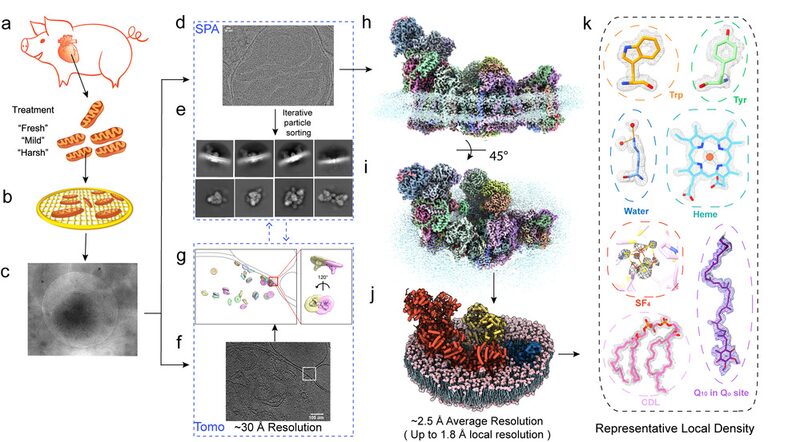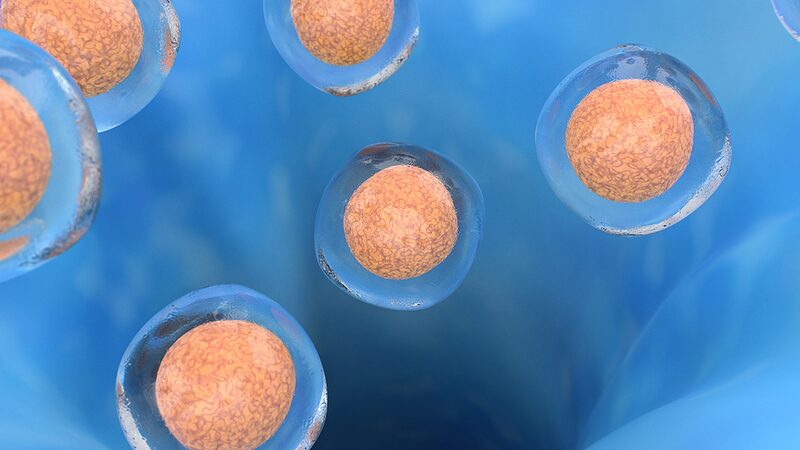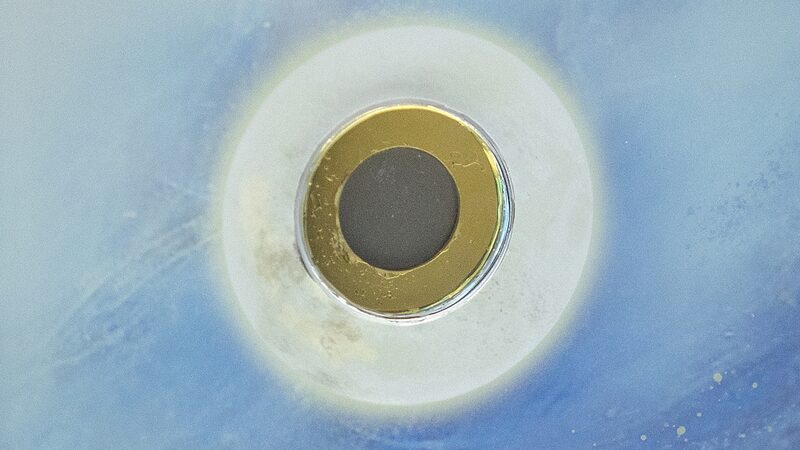In a groundbreaking development, a team of Chinese scientists from Tsinghua University has unveiled a super intravital microscope capable of capturing the entire three-dimensional interactions of large-scale cell networks at the mammalian organ level.
The innovative instrument, known as the RUSH3D system, is set to revolutionize research in oncology, immunology, and neuroscience by providing a systemic understanding of organ organization and function at single-cell resolution.
The RUSH3D microscope offers a centimeter-scale field of view with subcellular resolution. It can perform high-speed 3D imaging at a rate of 20 frames per second while enabling continuous observation for dozens of hours with low toxicity. This advancement was detailed in a study published on Friday in the journal Cell.
In the field of neuroscience, the intricate interactions among large populations of neurons are responsible for complex functions such as intelligence and consciousness. Understanding the architecture and operational dynamics of neural circuits is crucial for deciphering the inner workings of the brain.
Utilizing the RUSH3D system, the research team achieved high-speed 3D observation of the cerebral cortex layers in live mice at single-cell resolution. They successfully captured distinct response patterns of various cortical regions under multi-sensory stimulation and tracked large-scale neural responses with single-neuron precision over several consecutive days.
“The traditional fluorescence microscopy allowed us to observe only part of an organ, such as a specific brain region in a mouse,” said Dai Qionghai, the corresponding author of the paper from Tsinghua University. “The RUSH3D system, however, is akin to using 100 microscopes simultaneously, providing complete coverage of the mouse cortex and capturing the dynamic interactions of hundreds of thousands of neurons.”
This breakthrough holds significant potential for advancing our understanding of complex biological systems and could lead to new insights in the diagnosis and treatment of diseases.
Reference(s):
China's super microscope expands insights of mammal cell interactions
cgtn.com








